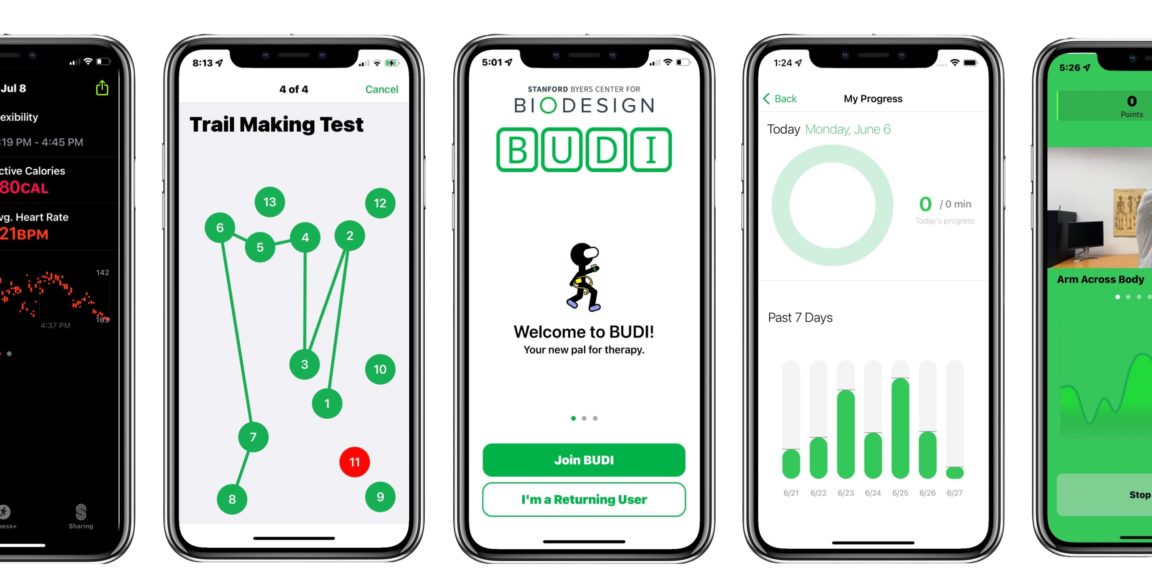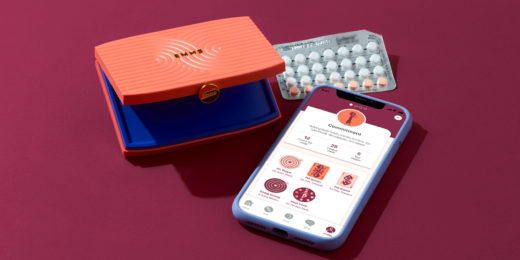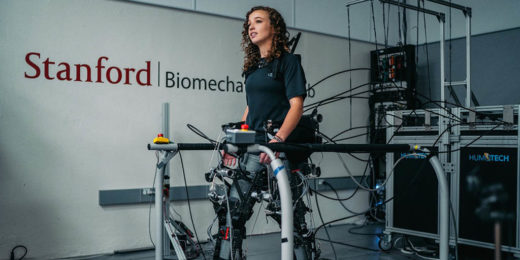As an undergraduate at Columbia University, Blynn Shideler, now a medical student at the Stanford School of Medicine, devised his own take on the buddy system -- only he spelled it BUDI.
Called Biofeedback Upper-limb Device for Impairment, the bracelet that Shideler and others developed tracks the motions of children with cerebral palsy -- a group of disorders that affects movement, balance and posture.
The idea was that the bracelet could provide real-time feedback to encourage the children to move their arms to help them build upper body strength and coordination. The bracelet, which monitors movements and flashes reminders about movement to users, proved to be a successful concept overall. But it was bulky and, for kids to be able to use it in real life, Shideler still needed to figure out how to broadly manufacture and ship it.
The project went into hibernation until 2020, when Shideler came to Stanford and began volunteering at a rehabilitation center for kids with disabilities in San Mateo. The center was contending with resource limitations amplified by the pandemic and it spurred Shideler to think about how to revamp BUDI.
If BUDI could use a screen to display exercises and a wearable device to simultaneously track motion, people could be better guided when doing exercises, and it would empower them to engage in therapy without needing to visit a physical therapist.
Shideler started to make his vision a reality when he attended an introductory class to learn about CardinalKit, an open-source, scalable platform built for and by software developers, physicians, and researchers creating digital technology for health care.
Impassioned to rejuvenate his project, Shideler discussed the idea with Oliver Aalami, MD, a clinical professor of vascular surgery who launched CardinalKit. Aalami encouraged Shideler to take courses and work with researchers at Stanford's Byers Center for Biodesign to move the BUDI project forward.
BUDI 2.0
Over the course of two years, Shideler and a team of students and faculty, including Aalami, who is Biodesign's Director for Digital Health, and Jennifer O'Malley, MD, PhD, a pediatric neurologist, met weekly to discuss and develop a new version of BUDI, which is now an app that displays exercises on a smart phone and utilizes the motion detectors in an Apple watch.
Beginning in August, BUDI will be in the app store, available for free download and use by anyone who's interested.
"The goal of the Biodesign program is to propel the careers of innovators like Blynn by teaching them the stepwise biodesign process, from identifying an unmet clinical need all the way through inventing solutions that address the needs of all the relevant stakeholders -- patient, provider, system and payer," said Josh Makower, MD, professor of medicine and bioengineering and director and co-Founder of the Center for Biodesign.
As the team iterated their designs, they added features enabling BUDI to send notifications that encourage physical therapy sessions, help users track progress, and integrate with Apple Health.
Already, potential users are anticipating the new app. Shideler said he's heard from people -- including patients, parents and medical professionals -- from all over the world wanting to know more.
"It's a single device that utilizes modern technology while also combating gaps in equity and accessibility, and it promotes user autonomy," O'Malley said. "It's an exciting and very welcome innovation."
This story was originally published through the Stanford Report.
Top photo of views of the BUDI application Courtesy of Blynn Shideler.






